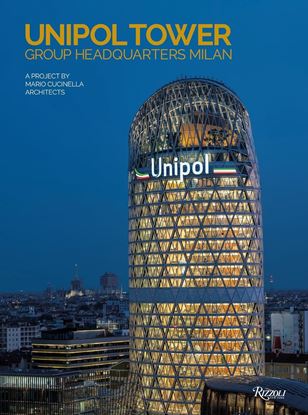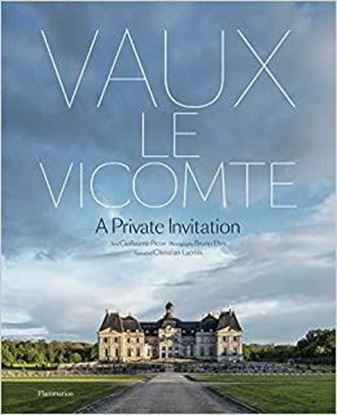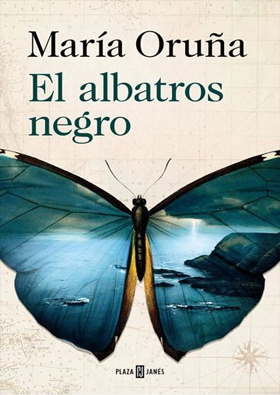

TIFFANY & CO. HISTORIA DETRAS DE LA MODA
Todo el mundo conoce las cajitas azules de Tiffany & Co., pero esta es la fascinante historia real que hay detrás del éxito de la marca de joyería más famosa del planeta.
Descubra cómo el valiente emprendedor Charles Lewis Tiffany, recién llegado a la ciudad de Nueva York en 1837, consiguió convertirse en el «Rey de los diamantes».
La historia de grandes ganancias y pérdidas, del descubrimiento de gemas inéditas y genios del diseño, y de la creación de algunas de las joyas más emblemáticas de nuestro tiempo, entre las que se incluye el clásico anillo de compromiso Tiffany.
995
TIMELESS MODERN INTERIORS
The first book to feature the interior design of the stylish, award-winning firm RRP / Rees Roberts + Partners, led by Interior Design–hall of fame inductee Lucien Rees-Roberts.
As Pilar Viladas writes in her introduction, “Rees-Roberts does not have a signature style. Instead, the interiors designed by his New York firm … have style, period, and lots of it.”
Well-known for his subtle use of color, texture, and fabric, Rees-Roberts’s designs capture the essence of modern living. Descended from generations of painters, his love for art is an important source for his inspiration and indelibly marks the work. Functionally elegant designs are characterized by a deference to art as well as to light and the views provided by natural surroundings. Each designed home reflects the owner’s character as well as the needs of everyday life, incorporating custom furniture and unusual antiques. The book, bound in sumptuous cloth and wrapped in a jacket with French folds, reflects the firm’s ever-present attention to detail.
4,300
UNIPOL TOWER. GROUP HEADQUARTERS MILAN
A new tower stands out against the city skyline: the Unipol Tower designed by Mario Cucinella Architects, an internationally renowned architecture studio based in Milan and Bologna. The Unipol Tower is a 124-meter elliptical tower in the Porta Nuova area, in the heart of the city. Made from glass and steel, it has a glasshouse on the rooftop serving as a cultural venue. Commissioned by Unipol, the leading Italian insurance company, the tower looks beyond the corporate identity and headquarters of Unipol and has been acclaimed as one of the most advanced architecture projects ever created.
4,995
VAUX-LE-VICOMTE
This comprehensive monograph is an exclusive look inside the château that inspired the design of Versailles and today continues to enchant visitors and film directors alike.
Vaux-le-Vicomte’s rich history began in 1641 when infamous French finance minister Nicolas Fouquet, the original owner, surrounded himself with the most skilled and talented artisans of the time: the architect Louis Le Vau, the painter Charles Le Brun, and the garden designer André Le Nôtre, to create a perfect harmony between architecture and landscape. The Château de Vaux-le-Vicomte and its spectacular gardens fascinated Louis XIV and were the inspiration for Versailles. Classified as a historical monument since 1875 under the impetus of the owner at the time, the castle of Vaux-le-Vicomte quickly became a model of the artistic genius of the seventeenth century.
This volume traces the château’s history from the seventeenth century through the Belle Époque, World War I, and its public opening in 1968. Exclusive photography and archival documents offer unprecedented access to the château, furnishings, and gardens, and illuminate the extraordinary secrets of court life and centuries of celebrations that include the enchanting candlelit tours held today.
2,995
VICTORIA HAGAN. LIVE NOW
As an acclaimed interior designer and member of the AD100 and the Interior Design Hall of Fame, Victoria Hagan had achieved the highest pinnacle of success in her field. But when 2020 arrived, she found herself, like all of us, at home, seeing her life and her space with fresh eyes. The result is this book a creative manifesto and a life-affirming look at the nature of home, and how it connects and calms us, comforts and nourishes us. Beautifully designed with a luxurious oversize package that includes gatefolds, Live Now celebrates the quiet and extraordinary beauty of the everyday. Open windows beckon, through which we glimpse the ocean, its hues echoed in the interior palette. A chair for reading waits on a patio, overlooking an expanse of hills. Fresh corn and strawberries from the farmers market tumble over a kitchen table. The 12 dwellings featured in Live Now may range in style, but all share the soothing, light-filled palette, serenity of mood, and aesthetic rigor for which Hagan is renowned, as well as a deep connection to their surroundings, from Sonoma to Palm Beach, Manhattan to Martha s Vineyard.
2,800
VIVIENNE W. HISTORIA DETRAS DE LA MODA
Esta es la historia de una de las diseñadoras más icónicas del mundo, Vivienne Westwood, la revolucionaria de la moda.
Punk, precursora, rebelde y transgresora, llevó una vida fascinante. A través de una impresionante lista de logros, desde ser coronada como la «diseñadora de diseñadores» hasta liderar el activismo climático, es fácil entender cómo Westwood inspiró a generaciones de diseñadores de todo el mundo.
Los momentos de pasarela de Vivienne Westwood que han pasado a la historia, cómo ese vestido de novia llegó a aparecer en Sex and the City y cómo un collar de perlas se volvió viral en TikTok; desde sus colaboraciones más notables y los momentos clave de protesta hasta el último desfile y colección antes de su fallecimiento en 2022.
995













